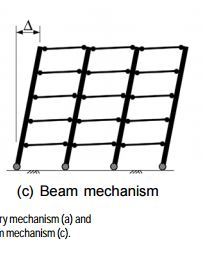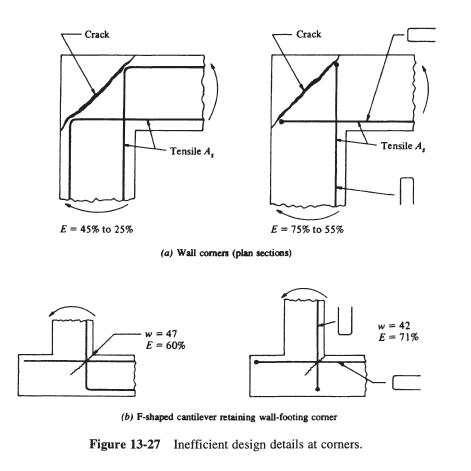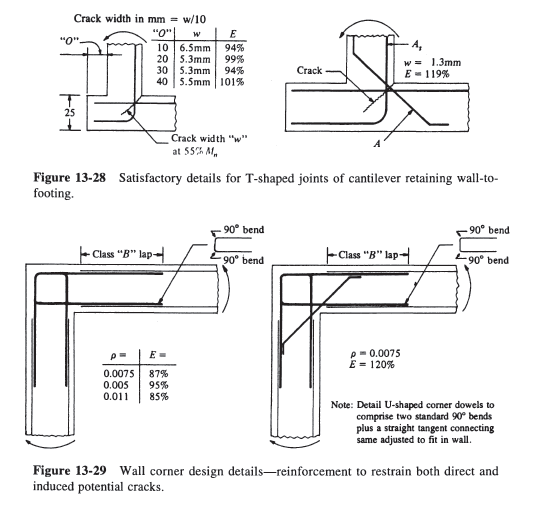Hi,
How rigid must be the horizontal trussing in a roof before it can be considered a full fledge diaphragm? When the structure was constructed. They use 0.5x0.5 meter column from foundation all the way to third floor (it was designed for 4 storey).. but we decided now to build up to 3 storey only and plan to use thin metal roof to shed rain at gutter at side.
I know there must be a threshold in the horizontal trussing before the huge columns can become a diaphragm. For example. If you merely use a pole connecting the columns.. it can't be considered a diaphragm. Is it?
Also must the rafters be straight horizontal.. how about a bent gable rafter with apex at middle.. can a bent rafter create a diaphragm.. again what is the threshold of the rigidity? The pole is also rigid.. must it be certain strength compared to the huge columns?
Thank you.
How rigid must be the horizontal trussing in a roof before it can be considered a full fledge diaphragm? When the structure was constructed. They use 0.5x0.5 meter column from foundation all the way to third floor (it was designed for 4 storey).. but we decided now to build up to 3 storey only and plan to use thin metal roof to shed rain at gutter at side.
I know there must be a threshold in the horizontal trussing before the huge columns can become a diaphragm. For example. If you merely use a pole connecting the columns.. it can't be considered a diaphragm. Is it?
Also must the rafters be straight horizontal.. how about a bent gable rafter with apex at middle.. can a bent rafter create a diaphragm.. again what is the threshold of the rigidity? The pole is also rigid.. must it be certain strength compared to the huge columns?
Thank you.








